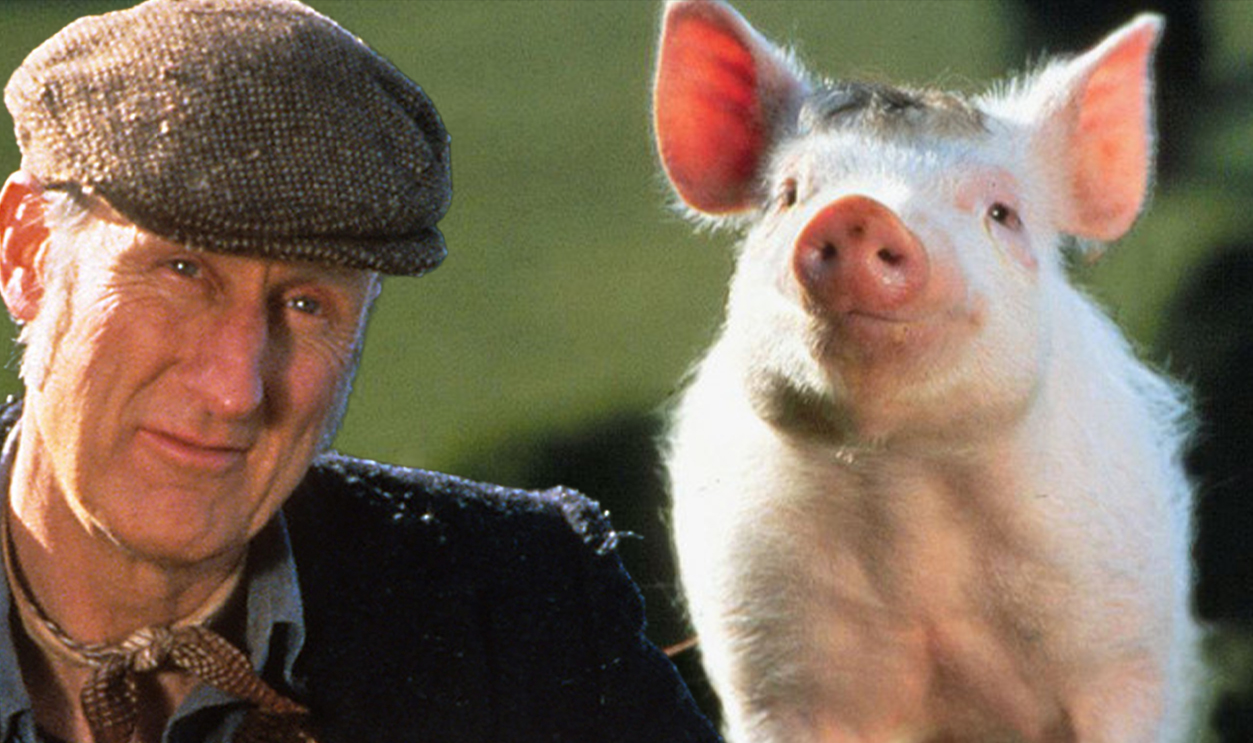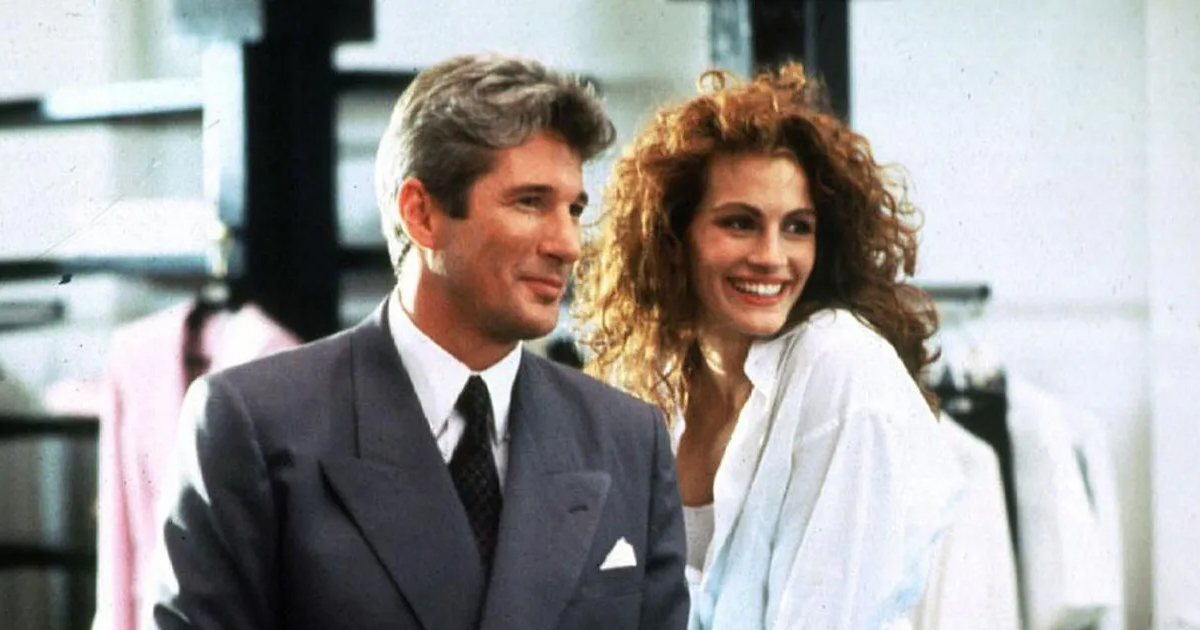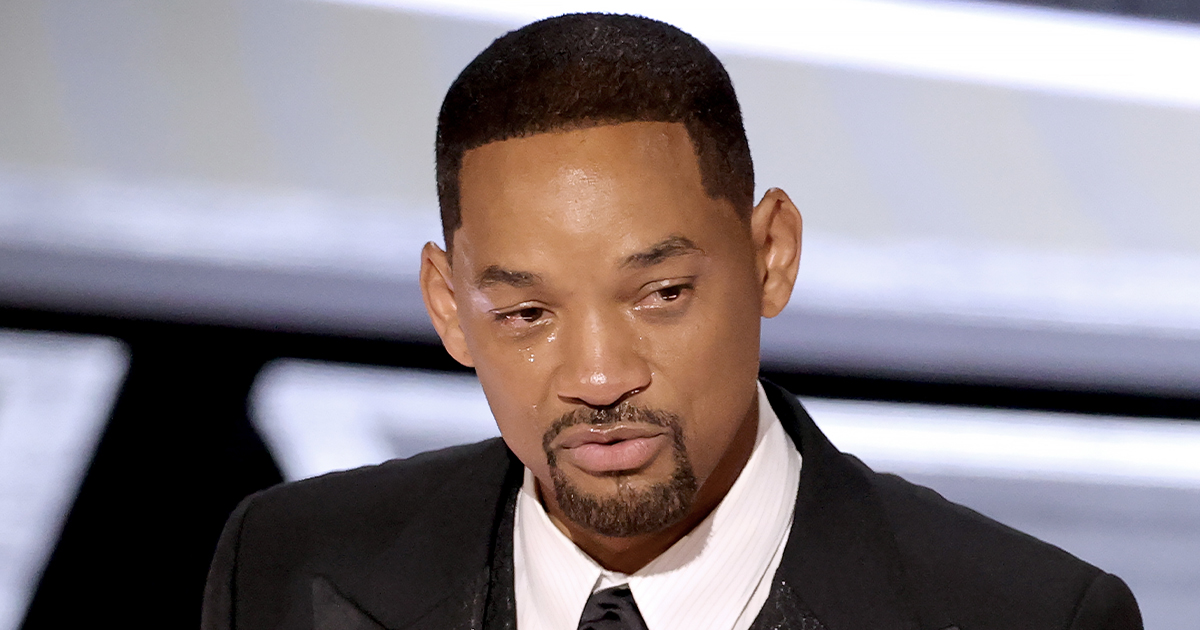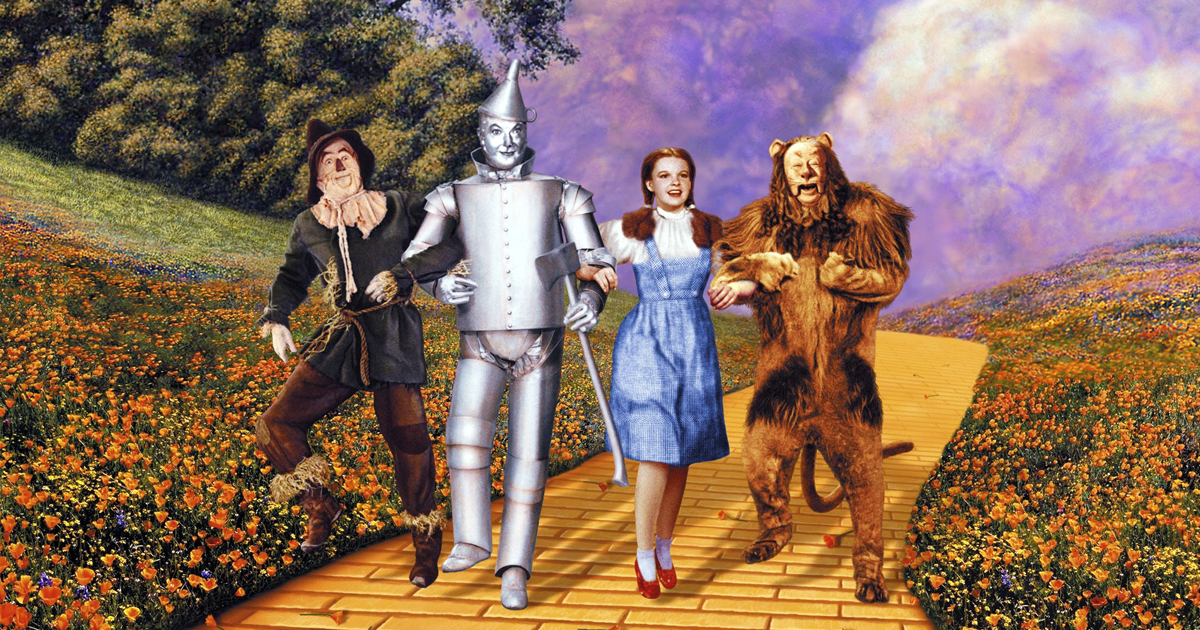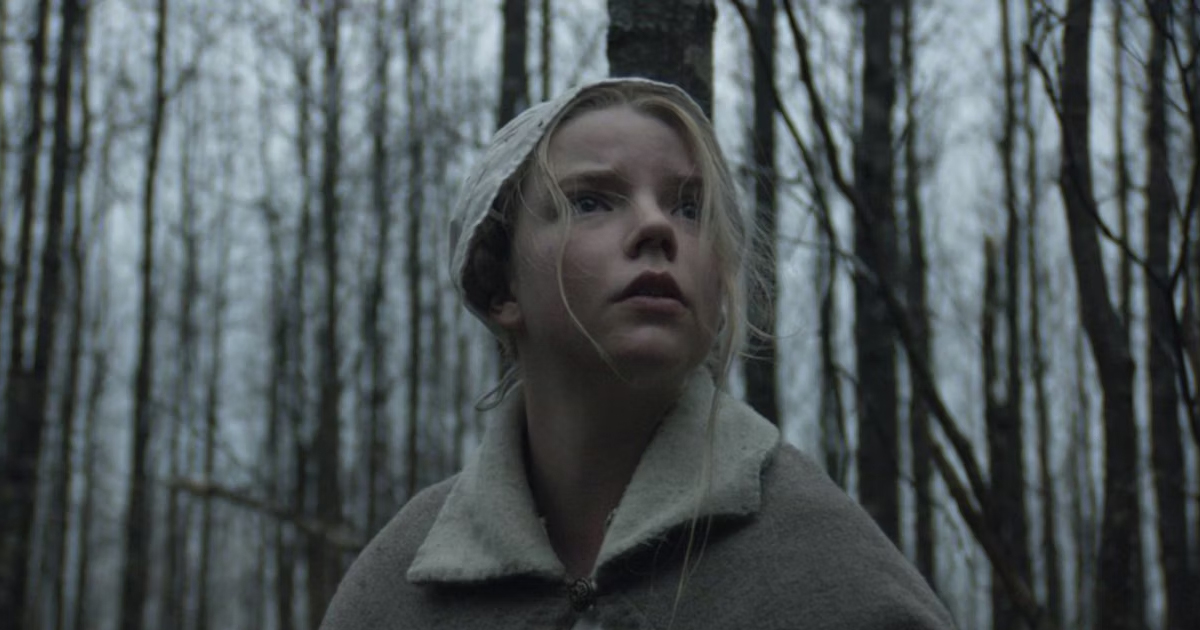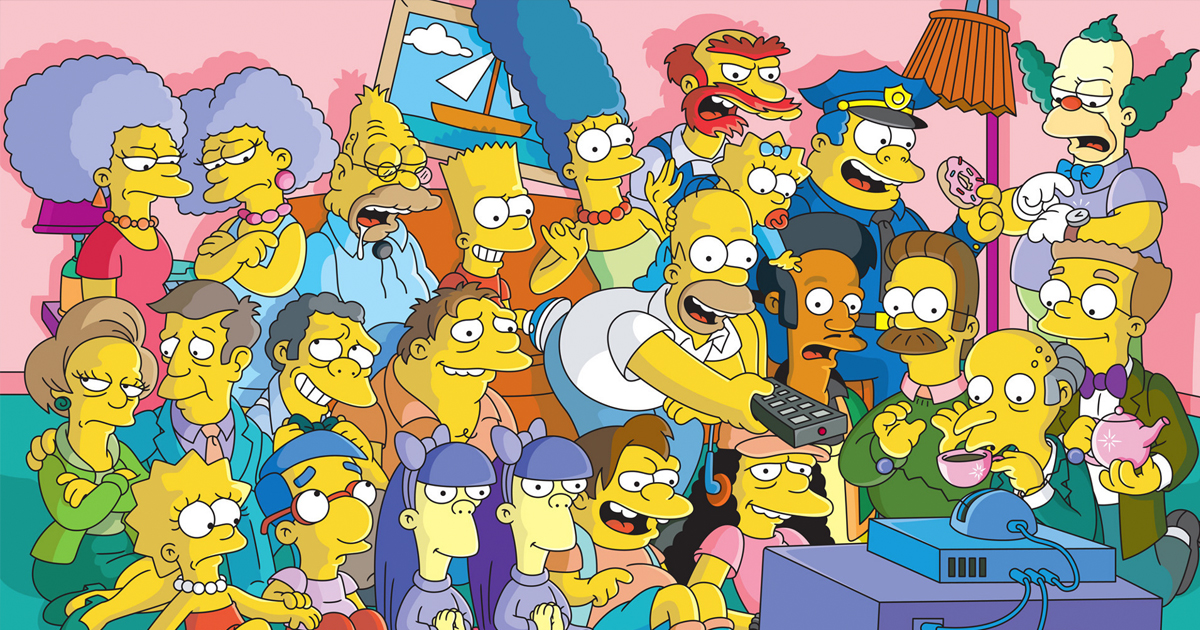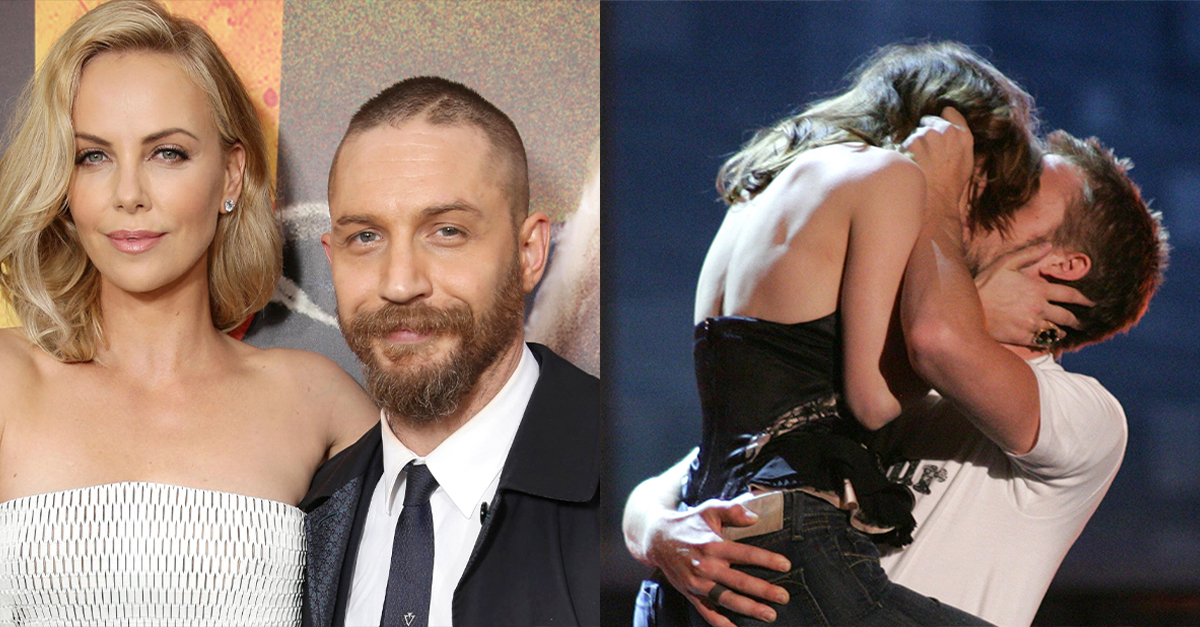The Animals That Stole The Show
Animals in movies aren’t just cute sidekicks; they’re emotional anchors, comedic relief, heroes, villains, or even narrators by paw, fur, feather, or whisker. Their presence often tells more than a thousand lines of dialogue. Some steal scenes, others break our hearts. Here are 25 animals that became cinematic legends.

Toto — The Wizard Of Oz (1939)
Small, brave, and endlessly loyal, Toto is the heart of The Wizard of Oz. He’s more than Dorothy’s companion; he’s her grounding force in a world filled with magic, danger, and flying monkeys. Without Toto leading her to adventure and home again, Oz just wouldn’t feel the same.
 Warner Bros. Entertainment, The Wizard of Oz (1939)
Warner Bros. Entertainment, The Wizard of Oz (1939)
Babe — Babe (1995)
This little pig changed the game for animal movies. Babe’s mix of innocence and determination to prove he could herd sheep like the dogs makes the film an instant classic. His gentle “please” and unwavering kindness teach everyone, human or animal, that courage and heart matter more than size or species.
 Universal Pictures, Babe (1995)
Universal Pictures, Babe (1995)
Black Beauty — Black Beauty (1971)
Told through the eyes of a noble horse, Black Beauty is a story of compassion, cruelty, and endurance. We watch Beauty face hardship and neglect, yet his quiet dignity never falters. His journey, from mistreatment to kindness, reminds audiences how empathy for animals reflects our own humanity.
 Paramount Pictures, Black Beauty (1971)
Paramount Pictures, Black Beauty (1971)
Asta — The Thin Man (1934)
Asta, the quick-witted terrier of Nick and Nora Charles, practically steals every scene with his playful reactions and impeccable comedic timing. In a world of cocktails and murder mysteries, Asta adds heart, humor, and chaos in equal measure. He’s a perfect example of a pet written as a real character.
 Metro-Goldwyn-Mayer (MGM), The Thin Man (1934)
Metro-Goldwyn-Mayer (MGM), The Thin Man (1934)
Cap’n Flint — Treasure Island (1950)
Cap’n Flint the parrot isn’t just window dressing; he’s the pirate’s conscience, comic relief, and a key to the treasure map itself. With his squawking warnings and eerie repetition of “Pieces of eight!”, he embodies the legend and madness of pirate folklore while adding a touch of colorful mischief.
 Walt Disney Productions, Treasure Island (1950)
Walt Disney Productions, Treasure Island (1950)
Duchess — The Aristocats (1970)
Graceful, loving, and endlessly patient, Duchess guides her kittens through Paris after being kidnapped by their owner’s jealous butler. Her calm elegance and warmth make her the emotional core of the film. She’s maternal and fearless, proving that sophistication and strength can go hand in hand, even with fur and whiskers.
 Walt Disney Productions, The Aristocats (1970)
Walt Disney Productions, The Aristocats (1970)
Max — How The Grinch Stole Christmas! (1966)
Poor Max, faithful to a fault and far too good for the Grinch’s schemes. From pulling the sleigh to enduring his master’s grumpiness, Max steals hearts with his expressive eyes and unwavering devotion. He reminds us that unconditional love can soften even the coldest, greenest heart.
 MGM Television, How the Grinch Stole Christmas! (1966)
MGM Television, How the Grinch Stole Christmas! (1966)
Dug — Up (2009)
Dug is the definition of pure joy. His collar lets him speak his mind, and every word is filled with childlike honesty and love. He’s loyal, clumsy, and hilarious, but beneath his silliness lies genuine wisdom. Dug’s simple outlook on friendship and acceptance gives Up some of its most heartfelt moments.
 Pixar Animation Studios, Up (2009)
Pixar Animation Studios, Up (2009)
Balto — Balto (1995)
A mix of wolf and sled dog, Balto stands as a symbol of courage and belonging. Based on real events, his journey through blizzards to deliver lifesaving medicine shows determination and selflessness. Balto’s inner conflict between human society and wild nature makes his triumph even more inspiring.
 Universal Pictures, Balto (1995)
Universal Pictures, Balto (1995)
Wilbur — Charlotte’s Web (1973)
Wilbur is the sweet, naive pig whose life changes thanks to a spider’s words. His innocence and gratitude make him one of cinema’s most endearing animals. Through friendship, fear, and growing up, Wilbur learns about life and loss, proving that kindness, and a few well-chosen words, can change everything.
 Paramount Pictures, Charlotte’s Web (1973)
Paramount Pictures, Charlotte’s Web (1973)
Blofeld’s Cat — From Russia With Love (1963)
That calm white Persian lounging in a supervillain’s lap became an instant cinematic icon. Without ever speaking or acting, the cat symbolizes control, menace, and mystery. Every stroke of Blofeld’s hand on its fur makes the moment more sinister.
 Metro-Goldwyn-Mayer (MGM), From Russia with Love (1963)
Metro-Goldwyn-Mayer (MGM), From Russia with Love (1963)
Lassie — Lassie Come Home (1943)
No dog defines loyalty like Lassie. Her journey across miles to return to her family is one of the purest examples of courage and devotion in film. Lassie’s intelligence and bravery made her not just a movie star but a cultural symbol of love, loyalty, and hope across generations.
 Metro-Goldwyn-Mayer (MGM), Lassie Come Home (1943)
Metro-Goldwyn-Mayer (MGM), Lassie Come Home (1943)
Lucky — One Hundred And One Dalmatians (1961)
In a sea of spotted pups, Lucky still stands out for his wide eyes and plucky spirit. From escaping Cruella’s clutches to surviving snowy adventures, he’s every bit as brave as his parents. Lucky embodies the idea that even the smallest hero can make a big difference.
 Walt Disney Productions, One Hundred and One Dalmatians (1961)
Walt Disney Productions, One Hundred and One Dalmatians (1961)
Willy — Free Willy (1993)
Willy, the captive orca who befriends a troubled boy, became an emblem for freedom and compassion. Their friendship across species and circumstance gives the film its emotional center. When Willy leaps over that breakwater to freedom, it’s one of the most triumphant moments in movie history.
 Warner Bros. Pictures, Free Willy (1993)
Warner Bros. Pictures, Free Willy (1993)
Old Yeller — Old Yeller (1957)
Few movie animals have made audiences sob like Old Yeller. A loyal, protective dog who faces danger without hesitation, he’s both hero and heartbreak. His story is about love, growing up, and the painful truth that life’s hardest lessons come with the deepest bonds.
 Walt Disney Productions, Old Yeller (1957)
Walt Disney Productions, Old Yeller (1957)
Baby — Bringing Up Baby (1938)
A leopard as a romantic comedy plot device sounds absurd, but Baby’s unpredictable antics are pure genius. She causes chaos for Cary Grant and Katharine Hepburn, creating one of the funniest screwball comedies ever made. Baby is the ultimate reminder that wild animals and love triangles don’t mix.
 RKO Radio Pictures, Bringing Up Baby (1938)
RKO Radio Pictures, Bringing Up Baby (1938)
Air Bud — Air Bud (1997)
A golden retriever that can sink basketball shots should have been ridiculous, but it worked. Air Bud is charming, athletic, and lovable, turning a silly premise into a story about friendship and teamwork. His on-court antics showed that family movies can be sweet, silly, and surprisingly uplifting.
 Walt Disney Pictures, Air Bud (1997)
Walt Disney Pictures, Air Bud (1997)
Beethoven — Beethoven (1992)
This giant, drooling St Bernard is chaos on four paws, but his heart’s as big as his size. Beethoven wrecks homes, ruins furniture, and brings a family closer together in the process. His blend of comedy, warmth, and loyalty made him one of the most beloved family pets on screen.
 Universal Pictures, Beethoven (1992)
Universal Pictures, Beethoven (1992)
Chance, Shadow & Sassy — Homeward Bound: The Incredible Journey (1993)
Three very different personalities, clumsy Chance, wise Shadow, and sassy Sassy, make this cross-country adventure unforgettable. Their banter, bravery, and bond make you laugh, cry, and cheer as they battle nature and distance to get home. It’s one of the most heartfelt portrayals of animal friendship ever filmed.
 Walt Disney Pictures, Homeward Bound: The Incredible Journey (1993)
Walt Disney Pictures, Homeward Bound: The Incredible Journey (1993)
Hedwig — Harry Potter Franchise (2001–2011)
Harry’s snow-white owl isn’t just a messenger, she’s his first friend in the wizarding world, a quiet constant in his tumultuous life. Hedwig’s intelligence and loyalty make her death hit incredibly hard, reminding us that magic or not, love and loss are universal.
 Warner Bros. Pictures, Harry Potter (2001–2011)
Warner Bros. Pictures, Harry Potter (2001–2011)
Snoopy — A Charlie Brown Christmas (1965)
Snoopy is the embodiment of imagination. He’s a pilot, dancer, philosopher, and daydreamer all in one floppy-eared package. Whether decorating his doghouse or teasing Charlie Brown, Snoopy’s personality lights up every scene. He’s proof that sometimes, dogs are smarter and cooler than their humans.
 Peanuts Worldwide, A Charlie Brown Christmas (1965)
Peanuts Worldwide, A Charlie Brown Christmas (1965)
Lady — Lady And The Tramp (1955)
Sophisticated and kindhearted, Lady is a refined cocker spaniel whose journey from comfort to adventure captures what it means to trust and love. Her romance with the scrappy Tramp gave us one of the most iconic dinner scenes ever and a timeless lesson about looking past appearances.
 Walt Disney Productions, Lady and the Tramp (1955)
Walt Disney Productions, Lady and the Tramp (1955)
The Beast — The Sandlot (1993)
This massive dog terrified every kid on the block. Known as “The Beast,” he guards the baseballs lost behind the fence, becoming part legend, part monster. But when the truth is revealed, he’s just a big-hearted pup. The Beast reminds us that fear often hides friendship.
 20th Century Studios, The Sandlot (1993)
20th Century Studios, The Sandlot (1993)
Marley — Marley And Me (2008)
Marley is the ultimate bad dog with the biggest heart. He chews, destroys, and drives his owners crazy, but he also teaches them about love, patience, and family. His story captures the chaos and beauty of pet ownership better than almost any other movie. Bring tissues.
 20th Century Studios, Marley & Me (2008)
20th Century Studios, Marley & Me (2008)
Hooch — Turner And Hooch (1989)
Hooch is slobber incarnate. Partnered with Tom Hanks’ straight-laced detective, he’s a whirlwind of destruction and personality. Yet beneath his drool and stubbornness, he’s fiercely loyal. Their odd-couple dynamic is hilarious and touching, proving that sometimes the best partner in life barks instead of talks.
 Walt Disney Studios Motion Pictures, Turner & Hooch (1989)
Walt Disney Studios Motion Pictures, Turner & Hooch (1989)
You May Also Like:
Love Animals? You Have To Watch These Movies

